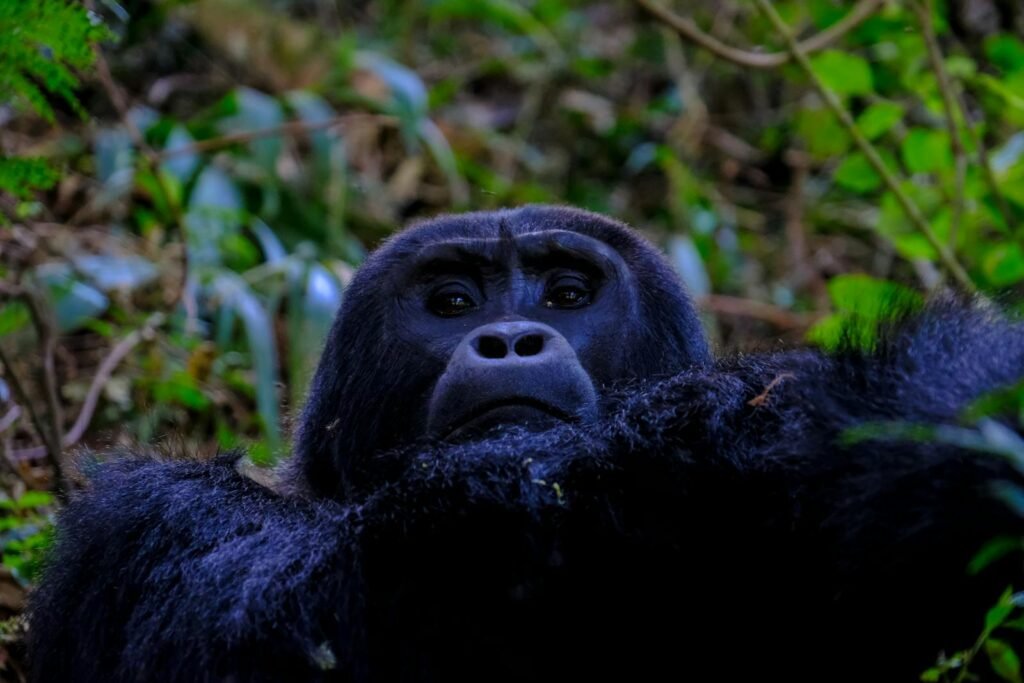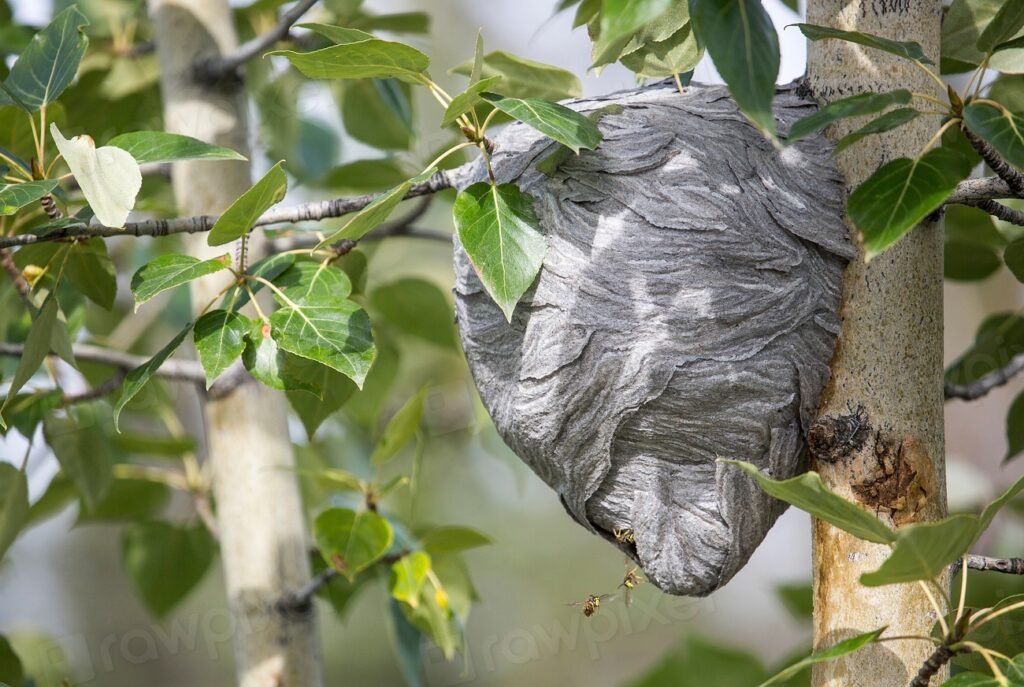Imagine a world where the polar bear, stranded on a shrinking ice floe, could stand before a court and demand justice for its threatened existence. It sounds almost surreal, even whimsical — yet the question strikes at the heart of how we value the lives of other species. Can animals like polar bears have legal rights? Could they ever sue for the protection of their own habitats? This is more than just a curious thought experiment; it’s a pressing conversation in a world where the fate of countless species hangs in the balance.
The Concept of Legal Personhood
Legal personhood is a term that often confuses people, because it doesn’t mean being an actual human. In the eyes of the law, even corporations and ships can have legal personhood, which allows them to own property, enter contracts, and sue or be sued. When considering animals like polar bears, the idea is whether they could also be recognized as legal persons, not just things. This concept would let them have rights and legal standing in court. The idea challenges our traditional view that only humans, or human-created entities, can hold such status. If polar bears were legal persons, people could go to court on their behalf, fighting for their right to live, move, and thrive. This concept opens the door for a radical shift in how we relate to the natural world.
Historical Roots of Animal Legal Protections
The legal system’s relationship with animals has a long and sometimes surprising history. In medieval Europe, animals were occasionally put on trial for crimes, a strange reflection of how societies grappled with non-human agency. In the modern era, the focus has shifted from punishment to protection. Laws against animal cruelty started appearing in the 19th century, recognizing that animals feel pain and deserve some protection. These laws, however, typically see animals as property, not as rights holders. Over time, some nations have taken steps to elevate animal status, like New Zealand granting basic rights to great apes. The progression from property to protected beings shows a growing awareness of animals’ intrinsic value.
Recent Legal Battles for Animal Rights

In recent years, there have been some truly groundbreaking cases. For instance, the Nonhuman Rights Project in the United States has sought to free chimpanzees and elephants from captivity by arguing they deserve legal personhood. Although courts have been hesitant to grant full rights, some judges have shown sympathy for the cause. In Argentina, a court declared an orangutan named Sandra a “non-human person” with certain legal rights, allowing her transfer to a sanctuary. These cases, while rare, show the legal system slowly wrestling with the idea that animals may deserve more than just protection; they might deserve rights. Such moments ignite passionate debate and inspire hope for those fighting for animal justice.
Polar Bears: A Species Under Threat
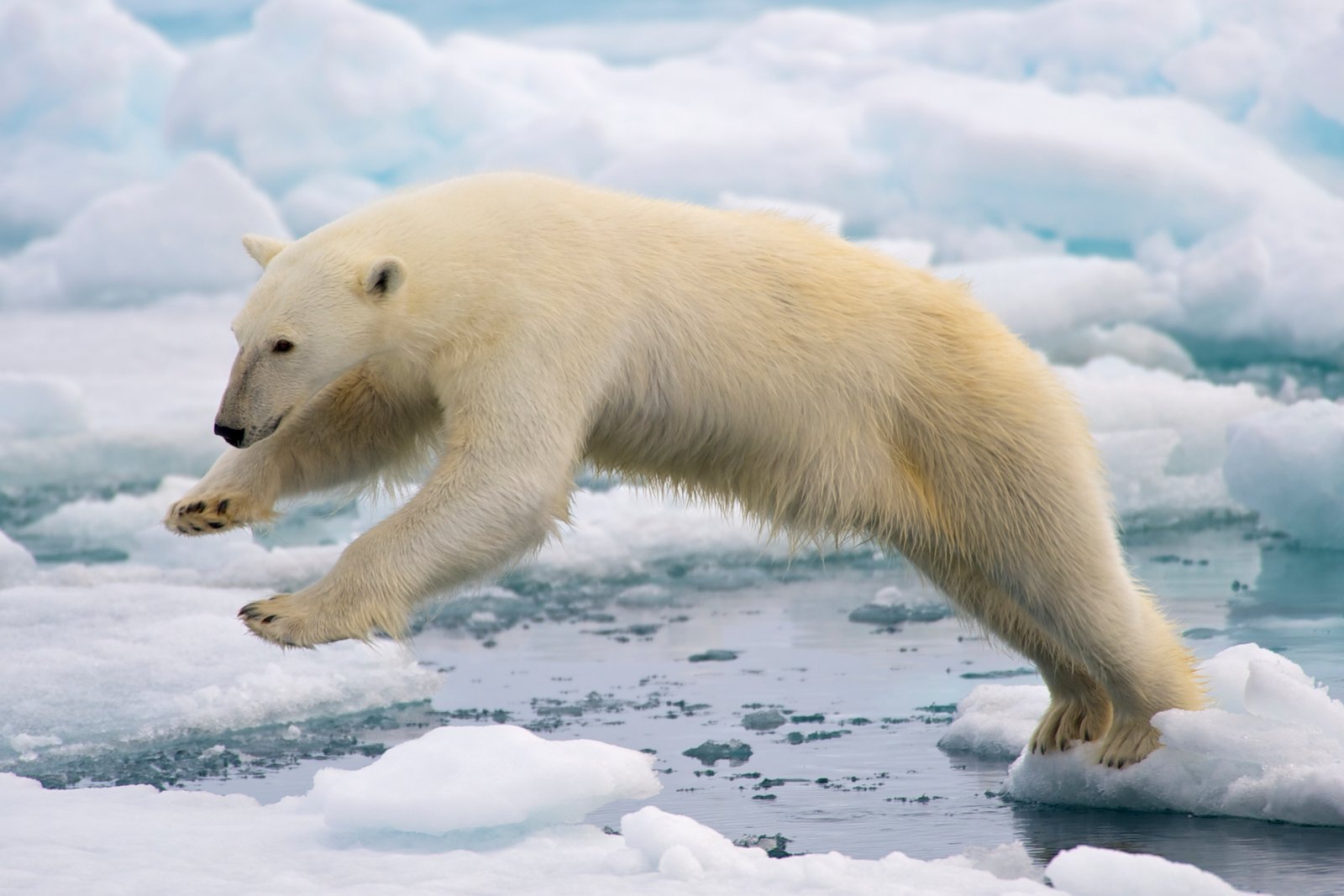
The plight of polar bears is especially poignant. As Arctic ice melts due to climate change, these majestic creatures lose their hunting grounds and struggle for survival. The image of a lone polar bear drifting on a tiny ice fragment has become an international symbol of environmental crisis. Scientists warn that if current trends continue, polar bears could face extinction in the wild within decades. Despite their iconic status, legal protections have been inconsistent and often fall short. This raises the haunting question: if polar bears had the right to sue for their own survival, would their fate be different?
Environmental Laws and the Limits of Protection
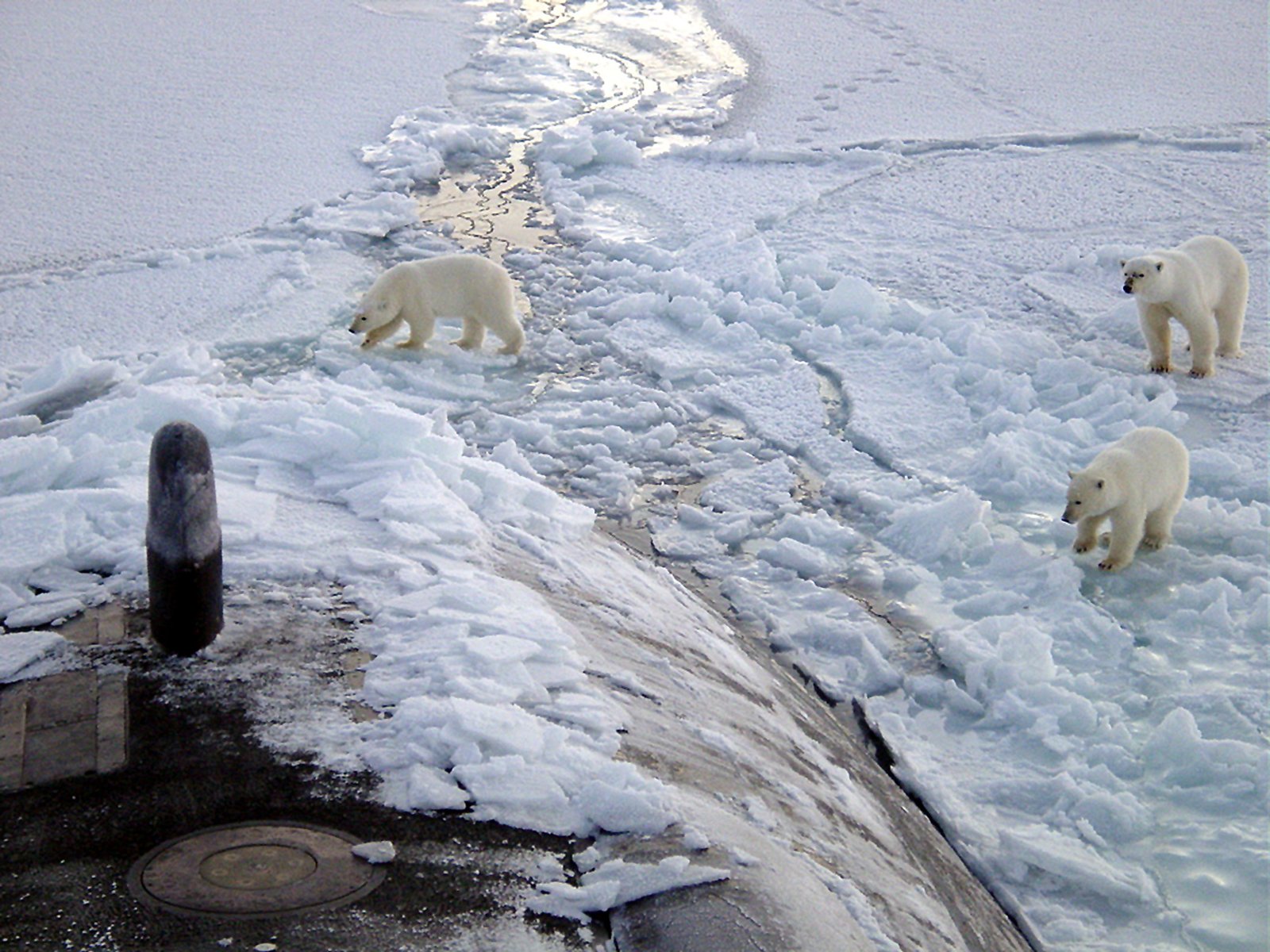
Many countries have environmental laws aimed at protecting endangered species and their habitats. The United States, for example, lists polar bears as a threatened species under the Endangered Species Act. However, these laws usually rely on humans to advocate for animals, and decisions can be swayed by politics or economics. When governments fail to enforce protections, polar bears have no direct recourse. The limits of environmental law highlight why some advocate for a new approach — granting animals their own legal standing, rather than leaving their fates in human hands alone.
Guardianship: Speaking for the Voiceless
One practical solution is the idea of legal guardianship, where humans act on behalf of animals in court. This is similar to how children or those unable to represent themselves have guardians in legal proceedings. For polar bears, a guardian could sue industries or governments that destroy their habitat, arguing for their right to exist. Guardianship bridges the gap between current laws and full personhood, offering a way for animals to have a voice without expecting them to show up in court. It’s a compromise — but one that’s gaining traction in legal circles and environmental activism.
Scientific Evidence of Animal Sentience
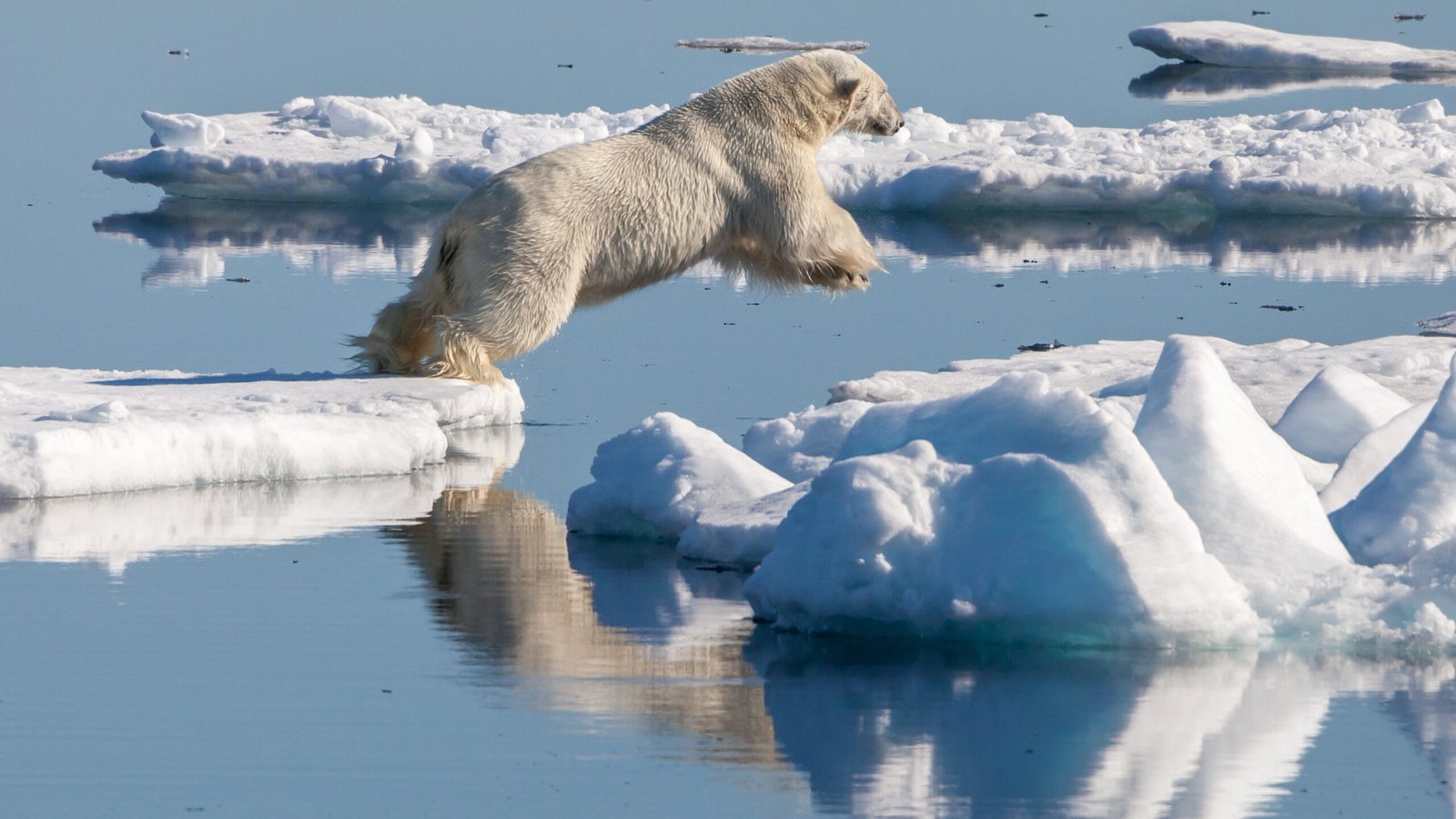
Scientists have amassed overwhelming evidence that many animals are sentient — they think, feel, and experience pain and joy. Polar bears, in particular, display complex behaviors: they play, nurture their young, and adapt to harsh environments. This growing body of research supports the argument that animals deserve more than just welfare protections. Recognizing sentience gives moral and legal weight to calls for animal rights. It’s hard to ignore the emotional depth in a polar bear’s eyes, or the anguish that comes from losing a cub or a hunting ground. Science continues to push us toward a more compassionate legal system.
Debates and Controversies in Granting Animal Rights
Not everyone agrees that animals should have legal personhood or the right to sue. Some fear that granting animals legal rights could cause chaos in the courts or threaten industries that rely on natural resources. Critics argue that humans, with their unique responsibilities and understanding, must remain the sole legal actors. Supporters counter that the law already adapts to new realities, and that justice should not be reserved only for humans. These debates are intense and sometimes emotional, reflecting deep societal values about our place in the natural world.
The Role of Public Opinion and Cultural Shifts
Public attitudes toward animals have changed dramatically over the past century. Today, millions of people see animals not just as resources, but as individuals with personalities and emotions. Animal charities, documentaries, and viral videos have helped build empathy for threatened species like polar bears. As society increasingly values animal welfare, pressure grows on lawmakers to recognize their rights. Cultural shifts often precede legal changes, suggesting that the more we care about polar bears, the more likely the law will change to protect them.
Future Possibilities: Toward Legal Rights for Polar Bears
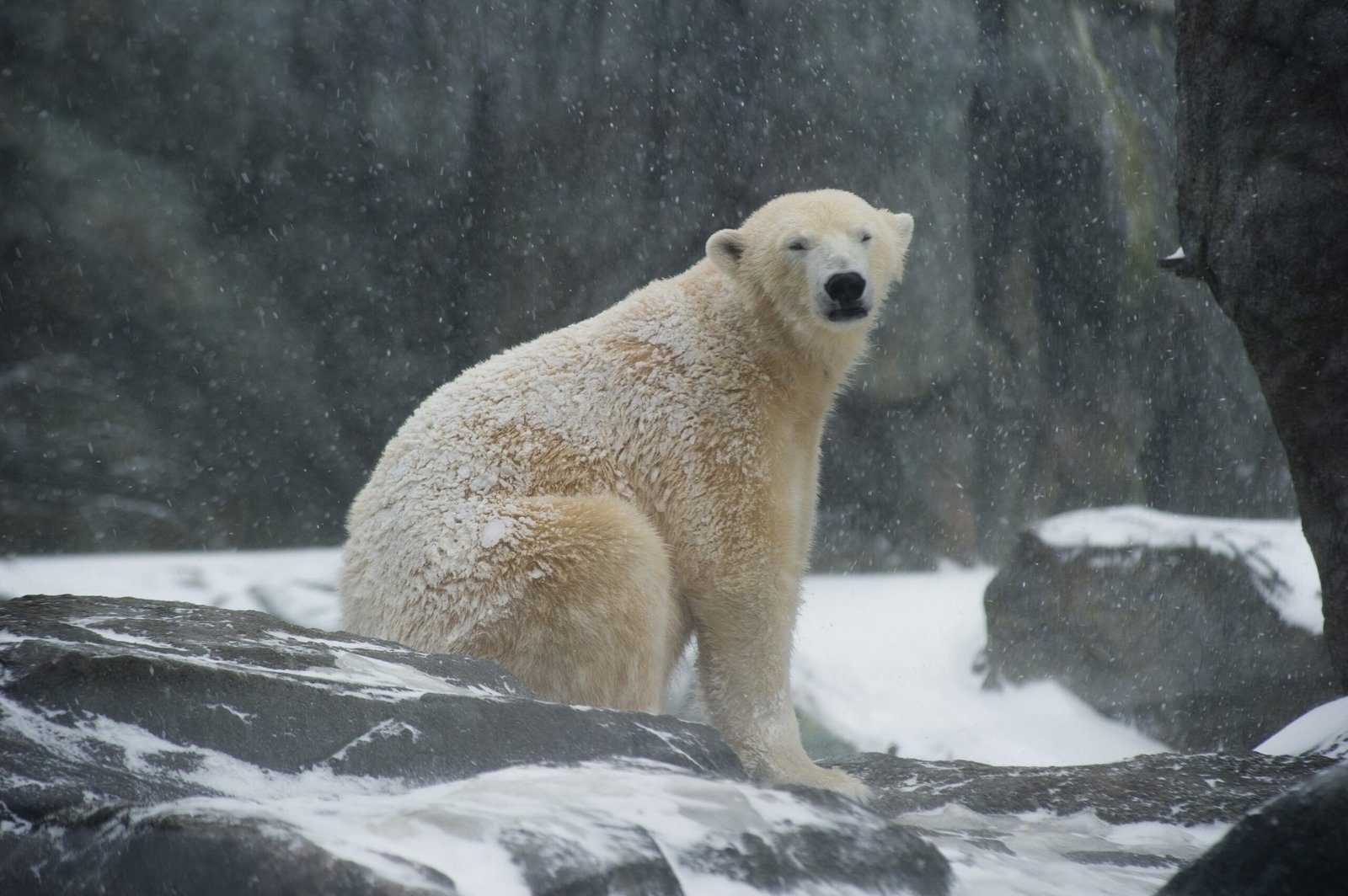
The idea of polar bears suing for their own survival may sound futuristic, but legal systems are always evolving. Some experts predict that, as the climate crisis worsens, courts may become more receptive to animal rights cases. New legal frameworks could emerge, treating animals as stakeholders in environmental decisions. The path is uncertain, but imagination and empathy drive progress. What once seemed impossible — like granting women or children legal rights — is now taken for granted. The future of polar bears, and countless other species, may depend on our willingness to rethink what the law can be.
The journey toward legal rights for polar bears and other non-human species challenges us to reconsider our relationship with the creatures who share this planet. Will we find the courage to let their voices be heard?


